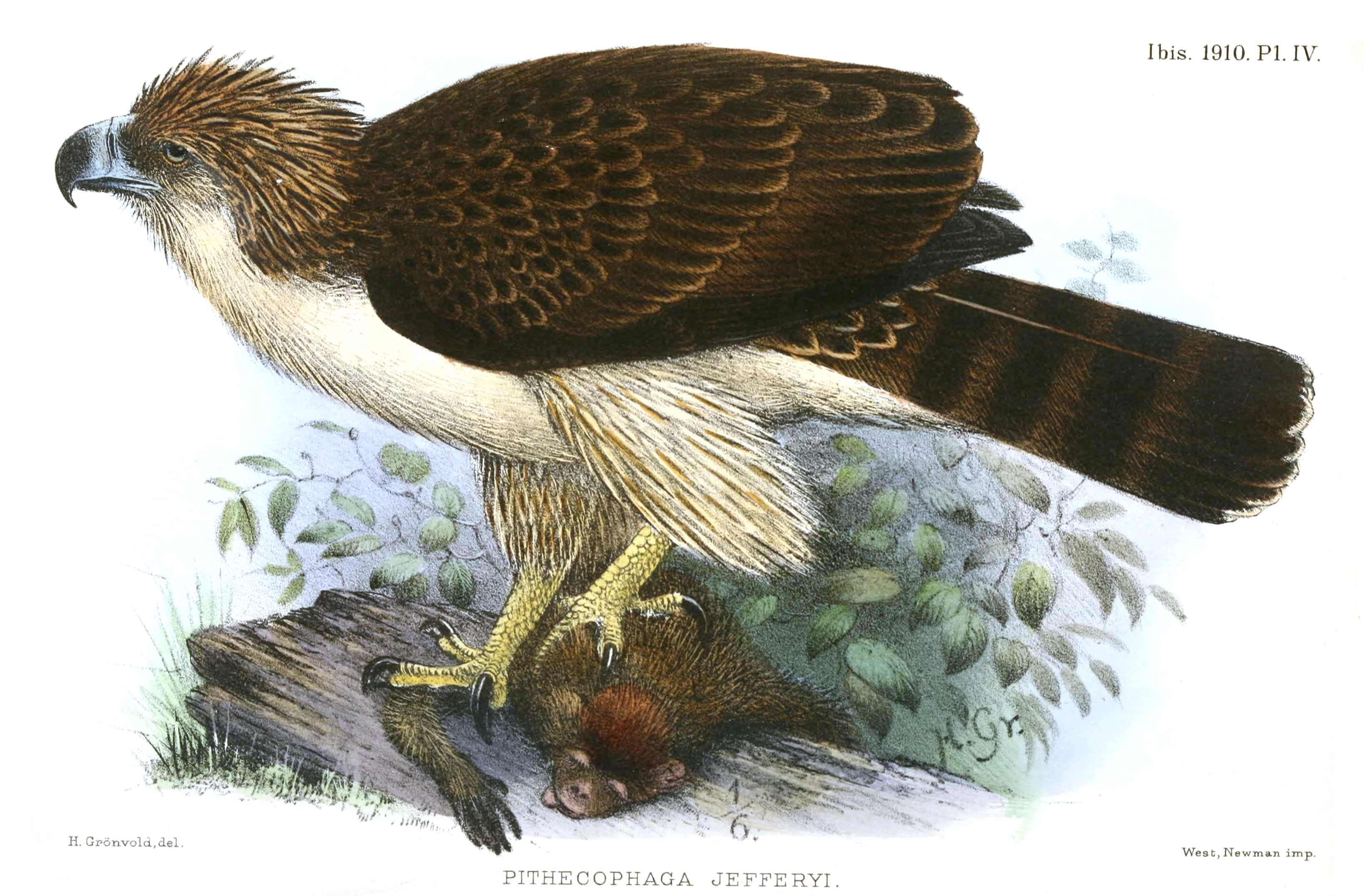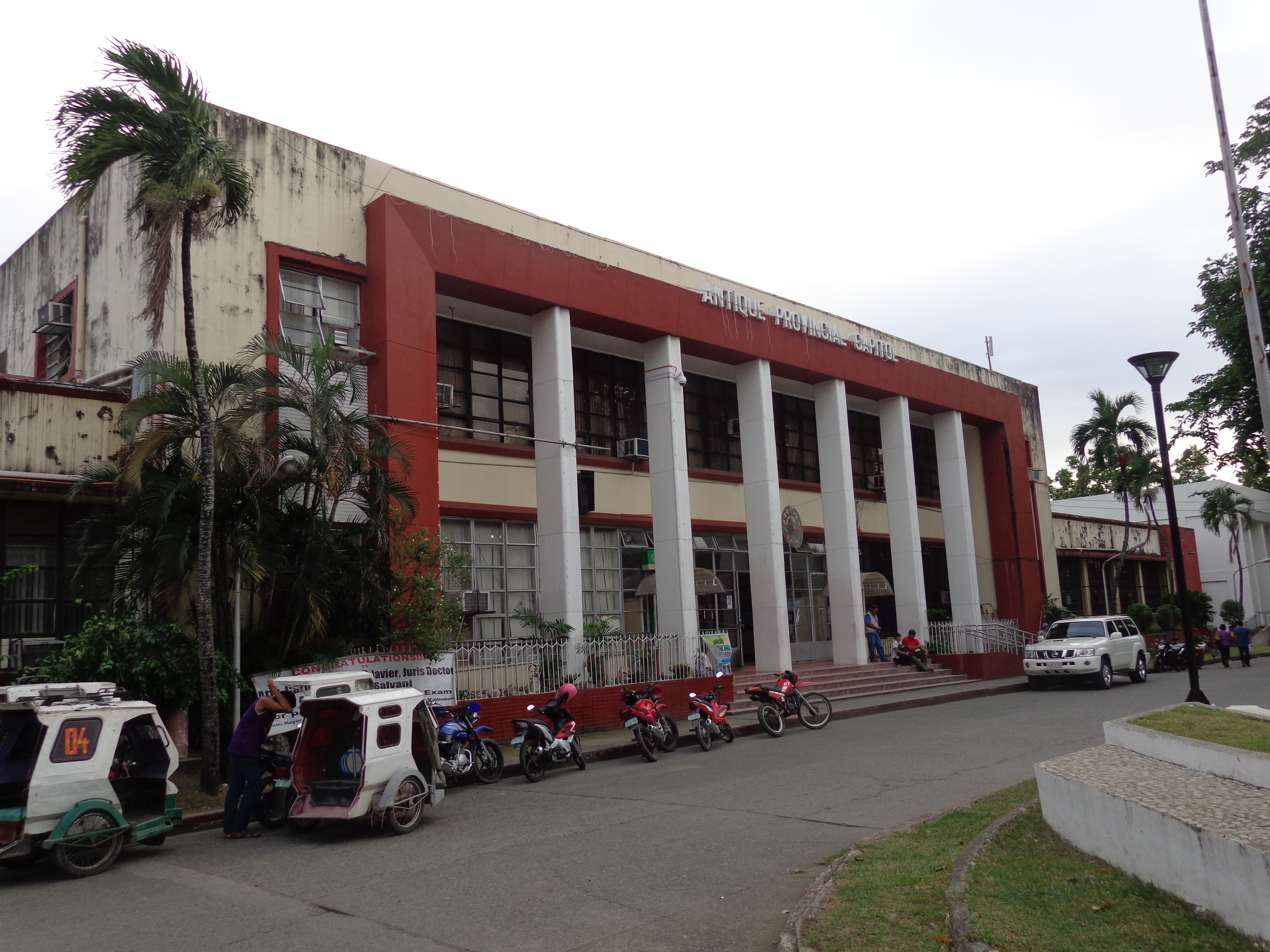|
Suludnon People
The Suludnon, also known as the Panay-Bukidnon, Pan-ayanon, or Tumandok, are a culturally indigenous Visayan group of people who reside in the Capiz-Lambunao mountainous area and the Antique-Iloilo mountain area of Panay in the Visayan islands of the Philippines. They are one of the two only culturally indigenous group of Visayan language-speakers in the Western Visayas, along with the, Halawodnon of Lambunao and Calinog, Iloilo and Iraynon-Bukidnon of Antique. Also, they are part of the wider Visayan ethnolinguistic group, who constitute the largest Filipino ethnolinguistic group. Although they were once culturally related to the speakers of the Kinaray-a, Aklanon, and Hiligaynon languages, all of whom inhabit the lowlands of Panay, their isolation from Spanish rule resulted in the continuation of a pre-Hispanic culture and beliefs. They speak the Iigbok language (also known as Ligbok or Sulod language), a member of the West Bisayan subdivision of the Bisayan languages withi ... [...More Info...] [...Related Items...] OR: [Wikipedia] [Google] [Baidu] |
Western Visayas
Western Visayas ( hil, Kabisay-an Nakatundan; tl, Kanlurang Kabisayaan or ''Kanlurang Visayas'') is an administrative region in the Philippines, numerically designated as Region VI. It consists of six provinces (Aklan, Antique, Capiz, Guimaras, Iloilo and Negros Occidental) and two highly urbanized cities (Bacolod and Iloilo City). The regional center is Iloilo City. The region is dominated by the native speakers of four Visayan languages: Hiligaynon, Kinaray-a, Aklanon and Capiznon. The land area of the region is , and with a population of 7,954,723 inhabitants, it is the second most populous region in the Visayas after Central Visayas. On May 29, 2015, the region was realigned, when Western Visayas (Region VI) lost both the province of Negros Occidental and the highly urbanized city of Bacolod to the newly formed Negros Island Region. However, the region was dissolved, resulting in the return of Negros Occidental and Bacolod to Western Visayas Region on August 9, 2017. ... [...More Info...] [...Related Items...] OR: [Wikipedia] [Google] [Baidu] |
Lambunao
Lambunao, officially the Municipality of Lambunao ( hil, Banwa sang Lambunao, krj, Banwa kang Lambunao, tgl, Bayan ng Lambunao), is a 1st class municipality in the province of Iloilo, Philippines. According to the 2020 census, it has a population of 81,236 people. Lambunao is the largest municipality in Iloilo in terms of land area and is from Iloilo City. Geography Barangays Lambunao is politically subdivided into 73 barangay A barangay (; abbreviated as Brgy. or Bgy.), historically referred to as barrio (abbreviated as Bo.), is the smallest administrative division in the Philippines and is the native Filipino term for a village, district, or ward. In metropolitan ...s. Climate Demographics In the 2020 census, the population of Lambunao was 81,236 people, with a density of . Economy References External links Official Website of the Municipality of Lambunao* Philippine Standard Geographic CodePhilippine Census InformationLocal Governance Performance M ... [...More Info...] [...Related Items...] OR: [Wikipedia] [Google] [Baidu] |
Bukidnon
Bukidnon(), officially the Province of Bukidnon ( ceb, Lalawigan sa Bukidnon; fil, Lalawigan ng Bukidnon; hil, Kapuroan sang Bukidnon; Binukid and Higaonon: ''Probinsya ta Bukidnon''), is a landlocked province in the Philippines located in the Northern Mindanao region. Its capital is the city of Malaybalay. The province borders, clockwise from the north, Misamis Oriental, Agusan del Sur, Davao del Norte, Cotabato, Lanao del Sur, and Lanao del Norte. According to the 2020 census, the province is inhabited by 1,541,308 residents. The province is composed of 2 component cities and 20 municipalities. It is the third largest province in the country in terms of total area of jurisdiction behind Palawan and Isabela respectively. The name "Bukidnon" means "highlander" or "mountain dweller." Occupying a wide plateau in the north central part of the island of Mindanao, the province is considered to be the food basket of the region, being the major producer of rice and corn. Products ... [...More Info...] [...Related Items...] OR: [Wikipedia] [Google] [Baidu] |
Agung
The agung is a set of two wide-rimmed, vertically suspended gongs used by the Maguindanao, Maranao, Sama-Bajau and Tausug people of the Philippines as a supportive instrument in kulintang ensembles. The agung is also ubiquitous among other groups found in Palawan, Panay, Mindoro, Mindanao, Sabah, Sulawesi, Sarawak and Kalimantan as an integral part of the agung orchestra. Description The agung is a large, heavy, wide-rimmed gong shaped like a kettle gong. of the agung produces a bass sound in the kulintang orchestra and weighs between 13 and 16 pounds, but it is possible to find agungs weigh as low as 5 pounds or as high as 20 or 30 pounds each, depending on the metal (bronze, brass or iron) used to produce them. Though their diameters are smaller than the gandingan's, at roughly to in length, they have a much deeper turned-in ''takilidan'' (rim) than the latter, with a width of 12 to 13 inches (330 mm) including the knob.Cadar, Usopay H., and Robert Garfias. " ... [...More Info...] [...Related Items...] OR: [Wikipedia] [Google] [Baidu] |
Philippine Eagle
The Philippine eagle (''Pithecophaga jefferyi''), also known as the monkey-eating eagle or great Philippine eagle, is a critically endangered species of eagle of the family Accipitridae which is endemic to forests in the Philippines. It has brown and white-colored plumage, a shaggy crest, and generally measures in length and weighs . The Philippine eagle is considered the largest of the extant eagles in the world in terms of length and wing surface area, with only Steller's sea eagle and the Harpy eagle being larger in terms of weight and bulk. It has been declared the national bird of the Philippines.Kennedy, R. S., Gonzales, P. C.; Dickinson, E. C.; Miranda, H. C. Jr. and Fisher, T. H. (2000). ''A Guide to the Birds of the Philippines.'' Oxford University Press, New York. The most significant threat to the species is loss of habitat, a result of high levels of deforestation throughout most of its range. Killing a Philippine eagle is a criminal offence, punishable by law w ... [...More Info...] [...Related Items...] OR: [Wikipedia] [Google] [Baidu] |
Bisayan Languages
The Bisayan languages or Visayan languages are a subgroup of the Austronesian languages spoken in the Philippines. They are most closely related to Tagalog and the Bikol languages, all of which are part of the Central Philippine languages. Most Bisayan languages are spoken in the whole Visayas section of the country, but they are also spoken in the southern part of the Bicol Region (particularly in Masbate and Sorsogon where several dialects of Waray are spoken), islands south of Luzon, such as those that make up Romblon, most of the areas of Mindanao and the province of Sulu located southwest of Mindanao. Some residents of Metro Manila also speak one of the Bisayan languages. Over 30 languages constitute the Bisayan language family. The Bisayan language with the most speakers is Cebuano, spoken by 20 million people as a native language in Central Visayas, parts of Eastern Visayas, and most of Mindanao. Two other well-known and widespread Bisayan languages are Hiligaynon ... [...More Info...] [...Related Items...] OR: [Wikipedia] [Google] [Baidu] |
Spanish Colonization Of The Philippines
Spanish might refer to: * Items from or related to Spain: **Spaniards are a nation and ethnic group indigenous to Spain **Spanish language, spoken in Spain and many Latin American countries **Spanish cuisine Other places * Spanish, Ontario, Canada * Spanish River (other), the name of several rivers * Spanish Town, Jamaica Other uses * John J. Spanish (1922–2019), American politician * "Spanish" (song), a single by Craig David, 2003 See also * * * Español (other) * Spain (other) * España (other) * Espanola (other) * Hispania, the Roman and Greek name for the Iberian Peninsula * Hispanic, the people, nations, and cultures that have a historical link to Spain * Hispanic (other) * Hispanism * Spain (other) * National and regional identity in Spain * Culture of Spain * Spanish Fort (other) Spanish Fort or Old Spanish Fort may refer to: United States * Spanish Fort, Alabama, a city * Spanish Fort (Color ... [...More Info...] [...Related Items...] OR: [Wikipedia] [Google] [Baidu] |
Ethnic Groups Of The Philippines
The Philippines is inhabited by more than 182 ethnolinguistic groups, many of which are classified as "Indigenous Peoples" under the country's Indigenous Peoples' Rights Act of 1997. Traditionally-Muslim peoples from the southernmost island group of Mindanao are usually categorized together as Moro peoples, whether they are classified as Indigenous peoples or not. About 142 are classified as non-Muslim Indigenous People groups, and about 19 ethnolinguistic groups are classified as neither indigenous nor moro. Various migrant groups have also had a significant presence throughout the country's history. The Muslim-majority ethnic groups ethnolinguistic groups of Mindanao, Sulu, and Palawan are collectively referred to as the Moro people, a broad category which includes some indigenous people groups and some non-indigenous people groups. With a population of over 5 million people, they comprise about 5% of the country's total population, or 5 million people. The Spanish called t ... [...More Info...] [...Related Items...] OR: [Wikipedia] [Google] [Baidu] |
Visayan People
Visayans (Visayan: ''mga Bisaya''; ) or Visayan people are a Philippine ethnolinguistic group or metaethnicity native to the Visayas, the southernmost islands of Luzon and a significant portion of Mindanao. When taken as a single ethnic group, they are both the most numerous in the entire country at around 33.5 million, as well as the most geographically widespread. The Visayans broadly share a maritime culture with strong Roman Catholic traditions integrated into a precolonial indigenous core through centuries of interaction and migration mainly across the Visayan, Sibuyan, Camotes, Bohol and Sulu seas. In more inland or otherwise secluded areas, ancient animistic-polytheistic beliefs and traditions either were reinterpreted within a Roman Catholic framework or syncretized with the new religion. Visayans are generally speakers of one or more of the Bisayan languages, the most widely spoken being Cebuano, followed by Hiligaynon (Ilonggo) and Waray-Waray. Terminology '' Ka ... [...More Info...] [...Related Items...] OR: [Wikipedia] [Google] [Baidu] |
Antique (province)
Antique, officially the Province of Antique (; krj, Probinsya kang Antique; hil, Probinsya sang Antique; tl, Probinsya ng Antique), is a Provinces of the Philippines, province in the Philippines located in the Western Visayas Regions of the Philippines, region. Its capital is San Jose de Buenavista, Antique, San Jose de Buenavista, the most populous town in Antique. The province is situated in the western section of Panay Island and borders Aklan Province, Aklan, Capiz and Iloilo (province), Iloilo to the east, while facing the Sulu Sea to the west. The province is home to the indigenous Iraynun-Bukidnon, speakers of a dialect of the Kinaray-a language, who have crafted the only rice terrace clusters in the Visayas through indigenous knowledge and sheer vernacular capabilities. The rice terraces of the Iraynun-Bukidnon are divided into four terraced fields, namely, General Fullon rice terraces, Lublub rice terraces, Bakiang rice terraces, and San Agustin rice terraces. All of ... [...More Info...] [...Related Items...] OR: [Wikipedia] [Google] [Baidu] |
Visayan Languages
The Bisayan languages or Visayan languages are a subgroup of the Austronesian languages spoken in the languages of the Philippines, Philippines. They are most closely related to Tagalog language, Tagalog and the Bikol languages, all of which are part of the Central Philippine languages. Most Bisayan languages are spoken in the whole Visayas section of the country, but they are also spoken in the southern part of the Bicol Region (particularly in Masbate and Sorsogon where several dialects of Waray language, Waray are spoken), islands south of Luzon, such as those that make up Romblon, most of the areas of Mindanao and the province of Sulu Province, Sulu located southwest of Mindanao. Some residents of Metro Manila also speak one of the Bisayan languages. Over 30 languages constitute the Bisayan language family. The Bisayan language with the most speakers is Cebuano language, Cebuano, spoken by 20 million people as a native language in Central Visayas, parts of Eastern Visayas, a ... [...More Info...] [...Related Items...] OR: [Wikipedia] [Google] [Baidu] |





